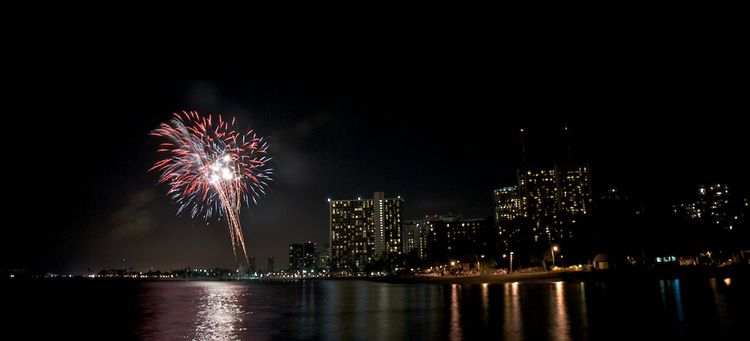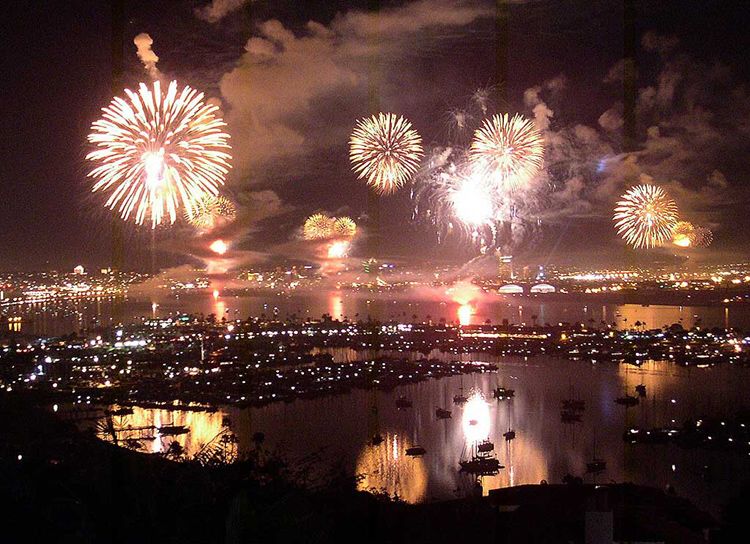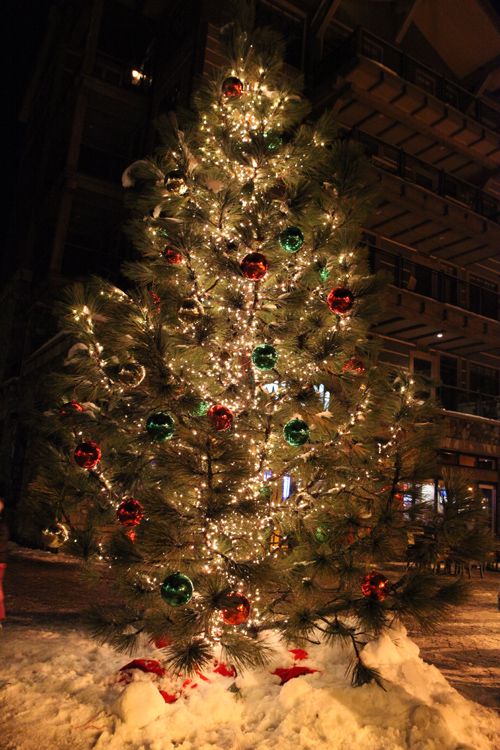 |
| Starlings over the dome of the former Jewish hospital (now the maternity hospital) in L'viv next to the Besojlem site. Photo (c) Ruth Ellen Gruber |
By Ruth Ellen Gruber
As I noted in earlier posts, I was in L'viv, Ukraine, this past week as part of the nine-member international jury for an important
design competition for sites of Jewish history in L'viv (or Lvov, Lwow, Lemberg, Leopoli, as it is called in various languages...) that was organized by the municipal authorities in association with the
L'viv Center for Urban History and the German organization
GTZ -- the Deutsche Gesellschaft für Technische Zusammenarbeit. The idea for the competition goes back to an international conference held at the Center for Urban History in October 2008 on "Urban Jewish Heritage and History," at which I was the keynote speaker. (I have already posted the results -- or see them
HERE.)
The jury was composed of two eminent architects/urban designers from Switzerland and Germany, the L'viv deputy mayor, three local city architects/heritage experts, and three "Jewish representatives" -- myself, Josef Zissels (chairman of one of the main Ukrainian Jewish umbrella organizations) and Sergey Kravtsov, from the Center for Jewish Art in Jerusalem, who comes from L'viv and is an expert on all aspects of Jewish heritage there. (See full list below.)
Our brief was to consider some 70 designs sent in from 14 different countries for projects marking three key sites, taking into consideration the following stated criteria:
The competition has two distinct, but interconnected purposes. First, the competiton seeks to respond to the growing awareness of Lviv's multi-ethnic past by contributing to the rediscovery of the city's Jewish history and heritage through creating public spaces dedicated to the city's historic Jewish community. Secondly, the competition also seeks ways to re-design these three open public spaces in such as manner as to improve the quality of life for the contemporary inhabitants and visitors of Lviv.
Our first order of business was to visit the three sites. (We got started late as two of us -- including myself -- got stranded overnight in Vienna because of the snow chaos, and we arrived a day late.)
-- the "Valley of Death" that was linked to the infamous
Janivski concentration, labor and mass murder camp set up by the German occupation during World War II, where more than 100,000 Jews were killed;
This site is a deep, rather narrow valley rimmed by steep banks.The site of the camp itself, atop a plateau overlooking the valley, is now occupied by a prison. In the valley there is a pond where bodies were thrown. For a full description, click
HERE. Marking the spot is currently a memorial stone and a sign.
-- the
site of three destroyed synagogues in the center of the city's downtown Jewish quarter, just off the main market square, or Rynok;
 |
| Ruins of Golden Rose synagogue |
 |
| Excavations for Bejs Midrash |
The site is an open public space located in the southeast part of Lviv’s historic inner city, which is included on UNESCO’s World Heritage List, on the site where once stood the Great Synagogue and a Bejt HaMidrash. They adjoin the still-visible ruins of the 16th century
Turei Zahav or Golden Rose Synagogue. Some of the buildings in the immediate vicinity of the site date back to the 16th century. For fuller description click
HERE. It is a sensitive area, where gentrification is beginning to clash with historic memory, preservation goals and potential Jewish restitution claims for communal property.
-- and
"Besojlem," the small piece of open ground that is the only section of the centuries-old
Jewish cemetery (founded in late medieval times and closed in 1855) that was not built over -- virtually all the rest of the cemetery is now covered by a big market bazaar, the Krakovsky Market. Adjacent is the city's maternity hospital, a Moorish style structure with a dome that was built originally as the Jewish hospital. It occupies a part of the cemetery site where no burials took place.
This is a particularly sensitive site, given the fact that burials still exist here but exactly where is not known. Also, it is believed that a number of old tombstones also lie beneath the surface. There is a long and contentious history regarding attempts by the Jewish community to regain the cemetery -- or at least have the market removed. Sam Gruber has posted a concise summary on his blog. All the submitted designs were hung in the city's drafty, Soviet-era Palace of the Arts and were on public display as of December 16.
 |
| Photo (c) Ruth Ellen Gruber |
Our deliberations took place here -- in a vast hall that was freezing!
 |
| Sofia Dyak, the director of the L'viv Center for Urban History, at our work table. Photo (c) Ruth Ellen Gruber |
The jury included a varied group of experts from several countries, and we each looked at the sites and projects from different viewpoints and experience. This made our deliberations extremely intensive, thoughtful, thought-provoking, exhaustive -- and exhausting. We examined the displayed plans, as well as other information, and discussed each not just on its design, but on its feasibility of implementation and sensitivity to place. The concerns of the Jewish community were also taken into consideration, even though (aside from L'viv native but current Jerusalemite Sergey Kravstov) there was no representative of the local L'viv Jewish community on the jury. All of the submissions were anonymous, so we had no idea where they came from -- in the end, it turned out that there were submissions from 14 countries.
In addition to myself, the Jury members were:
Oksana Boyko (Ukraine, Lviv), architectural historian, research fellow at the institute “Ukrzakhdproektrestvratsia,” author of the monograph “Synagogues of Lviv” (2008)
Bohdan Cherkes (Ukraine, Lviv), professor for architecture, director of the Institute of Architecture at the National Polytechnic University in Lviv
Carl Fingerhuth (Switzerland, Zürich), architect, city planner and author, advisor to the city governments of Bremen, Salzburg, Halle, Karlsruhe, Cologne, Stuttgart, Heidelberg, Regensburg; Chief Architect Basel 1979-1992, since 1995 Honorary Professor for Urban Planning at the University of Darmstadt, private projects in Switzerland, Germany, Austria, Poland, Czech Republic, Hungary and China
Vasyl Kosiv (Ukrain, Lviv), Deputy Mayor for Humanitarian Issues of Lviv, Director of the Department of Graphic Design at the National Academy of Arts in Lviv
Sergei Kravtsov (Israel, Jerusalem), architect, historian of architecture, researcher at the Center of Jewish Arts at the Hebrew University of Jerusalem
Yuriy Kryvoruchko (Ukraine, Lviv), head of the Department of Urban Planning of Lviv City Council, Chief Architect of Lviv, professor for architecture at the National Polytechnic University in Lviv
Ingo Andreas Wolf (Germany, Leipzig), architect, Urbanist, advisor to city governments; Professor for urban planning and design, University of Applied Sciences in Leipzig
Josef Zissels (Ukraine, Kyiv), Chairman of the General Council of Euro-Asian Jewish Congress, chairman of the Association of Jewish Organizations and Communities of Ukraine (Vaad Ukraine), executive vice-president of the Congress of National Communities of Ukraine and the Jewish Confederation of Ukraine
 |
| Discussing one of the designs. Photo (c) Ruth Ellen Gruber |
In the end, we were were almost totally unanimous in choosing the three designs that we awarded the first prize in each category. For each of them, however, we appended recommendations as to changes or amendments we felt needed to be taken into consideration before implementation. (I'm not sure these have all be made public yet -- I will append them when so.)
The first prizes went to:
-- Ronit Lombrozo, from Jerusalem, for Besojlem. A landscape architect and exhibition designer who often deals with heritage issues, Lombrozo submitted a design that envisages a raised walkway and also the use of unearthed tombstones as part of the memorial.
-- The design team of Ming-Yu Ho, Ceanatha La Grange, and Wei Huang, from Irvine, California, for the Janivski concentration camp site. Their design was radically different from most of the others. Most of the others envisaged the area as a sort of park. The winning team's idea was to turn it into a form of land art -- a raised walkway leading to and curving around a slope covered with slabs representing symbolic tombstones.
-- The Berlin, Germany team of Franz Reschke, Paul Reschke and Frederik Springer for the synagogue square site, a design that incorporates the archeological excavations of the Bejs Midrash and also traces the form of the Great Synagogue. One of the things that we liked is that it leaves the way open for modifications in the future, should the site be restituted or other excavations be foreseen.
Other prizes and honorable mentions went to designs from Italy, Poland, Germany, Austria and Ukraine.
I was particularly pleased to see how young the Ukrainian winners were -- some in their early and mid-20s, even students -- and to witness how thoughtful and sensitive their approaches were to reintegrating and restoring a component of local history that has for far too long been suppressed, ignored, forgotten and/or distorted.
 |
| L'viv deputy mayor Vasyl Kosiv announces the awards at a public ceremony. Photo (c) Ruth Ellen Gruber |
























































